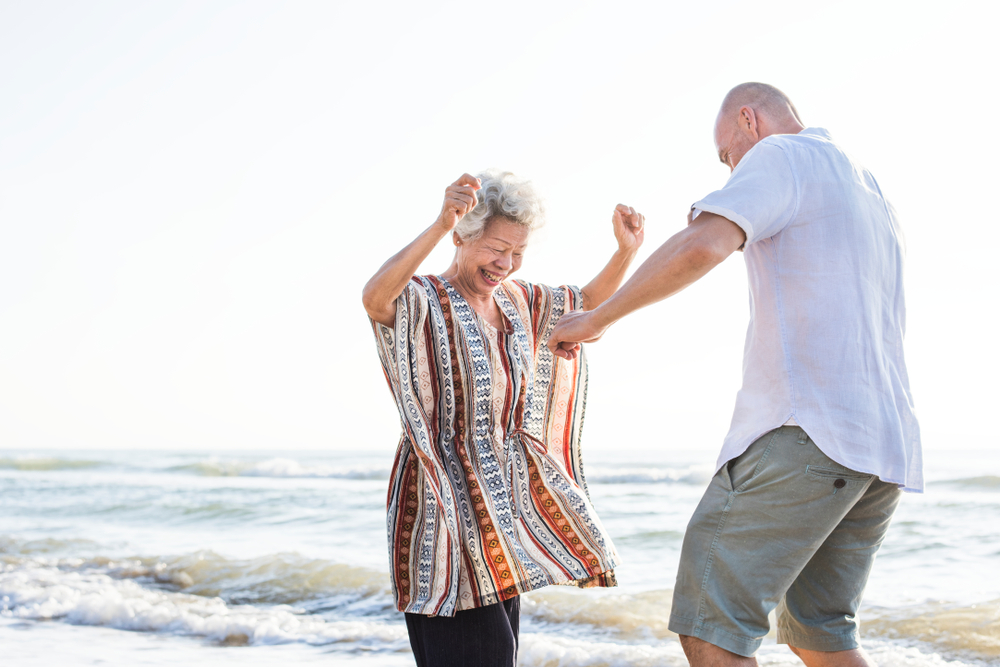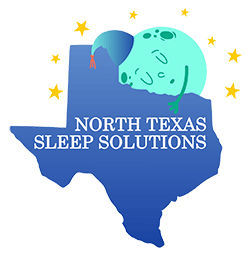

Leave Sleep Apnea Behind On Your Trip
When you’re traveling, the last thing you want is a night filled with tossing and turning due to sleep apnea. Sound, deep sleep is essential for keeping up with your vacation fun, family visits, or business trip focus. Thankfully, you can manage sleep apnea while traveling with just a little extra planning and a visit to your sleep dentist for sleep apnea treatment.
Read on to discover how Dr. Lauck of North Texas Sleep Solutions helps her patients manage their sleep apnea on a trip.
Prepare for Sleep Apnea While Traveling
Managing sleep apnea while traveling can be challenging, but with preparation and planning, it’s possible to maintain your treatment while on the go. Make the following plans to prioritize quality sleep while you travel:
- Bring Your CPAP Machine With You: If you use a continuous positive airway pressure (CPAP) machine to treat your sleep apnea, bring it with you when you travel. You must have access to your CPAP machine no matter where you’re sleeping.
- Pack Extra Supplies: Make sure to bring backup supplies such as filters, tubing, and mask cushions so you’ll be extra prepared.
- Check the Voltage: If you’re traveling internationally, always check the voltage of your CPAP machine to make sure it’s compatible with the power outlets in your destination.
- Invest in a Portable Battery: A portable battery for your CPAP machine can be useful for traveling as it allows you to use your machine without access to a power outlet.
- Plan for Alternate Sleep Accommodations: If you’re traveling by plane, consider booking a seat with more legroom so you can comfortably use your CPAP machine.
- Keep Your Doctor Informed: Before traveling, tell your sleep dentist of your plans and ask for any additional recommendations they might have to help make your trip as comfortable as possible.
- Be Prepared to Explain: You may have to discuss the purpose of your CPAP machine and why it’s necessary to bring it with you while traveling.
- Stick to Your Usual Routine: Try to follow your routine as much as possible, including sticking to your daily sleep schedule and using your CPAP machine.
Flying With Sleep Apnea
Whether taking a long international flight or a red-eye, many people want to get some shut-eye on a plane ride. But with sleep apnea, getting and staying asleep on the plane can be difficult. Thankfully, there are steps you can take to help you fall asleep while flying without experiencing any sleep apnea symptoms.
First, you should bring your CPAP machine in your carry-on. Easy access to this device will allow you to sleep comfortably. Bringing a portable battery for your CPAP can also make using the device on a plane easier. Security at airports may ask about the machine but should be familiar with the device once you mention its use.
CPAP Alternatives for Travel
Although many people travel with their CPAP machines, some prefer leaving the bulky machine, hose, and mask at home. Instead, they opt for oral appliance therapy, a more discreet way of treating sleep apnea on the go.
Oral appliance therapy uses custom mouthguards designed to hold your jaw at a certain angle, keeping your airways open. Oral appliances for sleep apnea are excellent alternatives for patients who travel a lot or don’t like all the equipment that CPAP uses to correct sleep apnea.
Frequently Asked Questions
What are the TSA regulations for carrying CPAP equipment on a flight?
TSA allows passengers to bring medically necessary equipment, including CPAP machines, as carry-on items. You may need to present a letter from your doctor verifying the need for the equipment. However, you shouldn’t have any problems bringing the equipment through security and onto the plane as it’s a commonly prescribed treatment.
How can I make sure I keep my sleep schedule when traveling?
While you’re traveling, it’s important to keep your sleep schedule similar to the one you keep at home. A few ways to maintain this normal schedule are bringing your own pillow, adjusting your room temperature, using earplugs, or wearing a sleep mask to block out noise and light. You should also pack treatment for sleep apnea, such as CPAP or oral appliance therapy, to help reduce any symptoms.
Are there any alternative treatments for sleep apnea that I can use while traveling?
Some alternative treatments for sleep apnea include positional therapy, lifestyle changes, and oral appliances. These treatments can help patients avoid having to bring along their CPAP machines, making more room in their luggage and carry-ons. Discuss oral appliance therapy for sleep apnea and other travel CPAP alternatives with your sleep dentist.
How can I minimize jet lag when traveling with sleep apnea?
With sleep apnea, jet lag can be even more exhausting than usual. However, you can try to adjust to the new time zone by:
- Gradually shifting your sleep schedule before your trip
- Staying hydrated
- Avoiding caffeine and alcohol during your flight
- Using your sleep apnea treatment to sleep on the plane
Don’t Let Sleep Apnea Get In Your Way
Traveling can be a wonderful and fulfilling experience. But seeing the world can be challenging when dealing with sleep apnea symptoms. Thankfully, with extra planning and a visit to your sleep dentist for treatment, you can manage your sleep apnea and ensure a restful and rejuvenating night’s sleep.
Don’t let sleep apnea ruin your travel plans — take steps to manage your symptoms and make the most of your journey.
